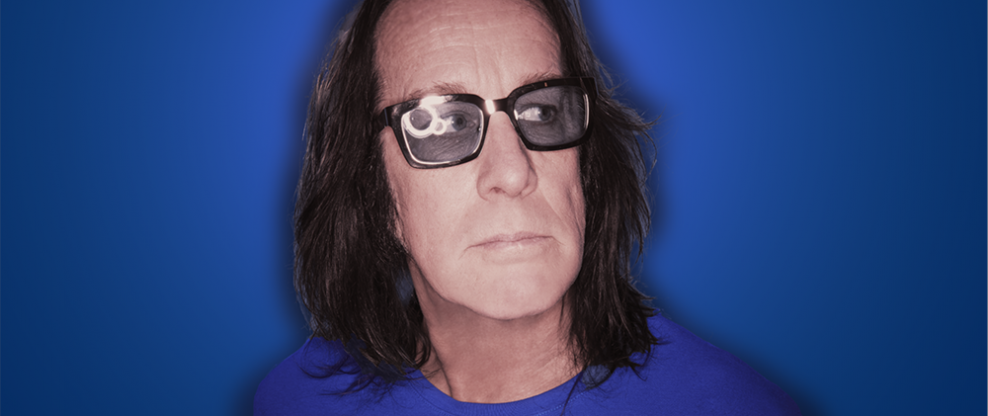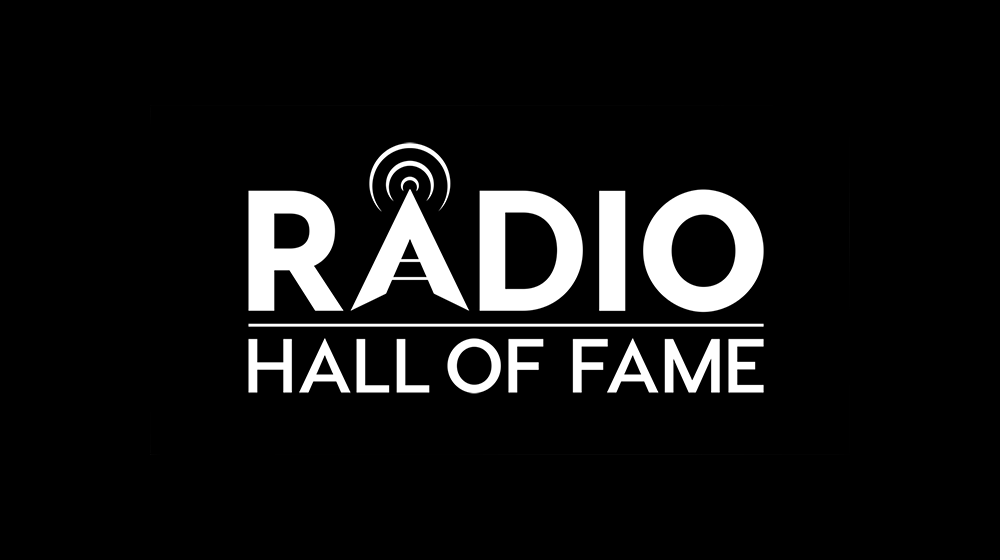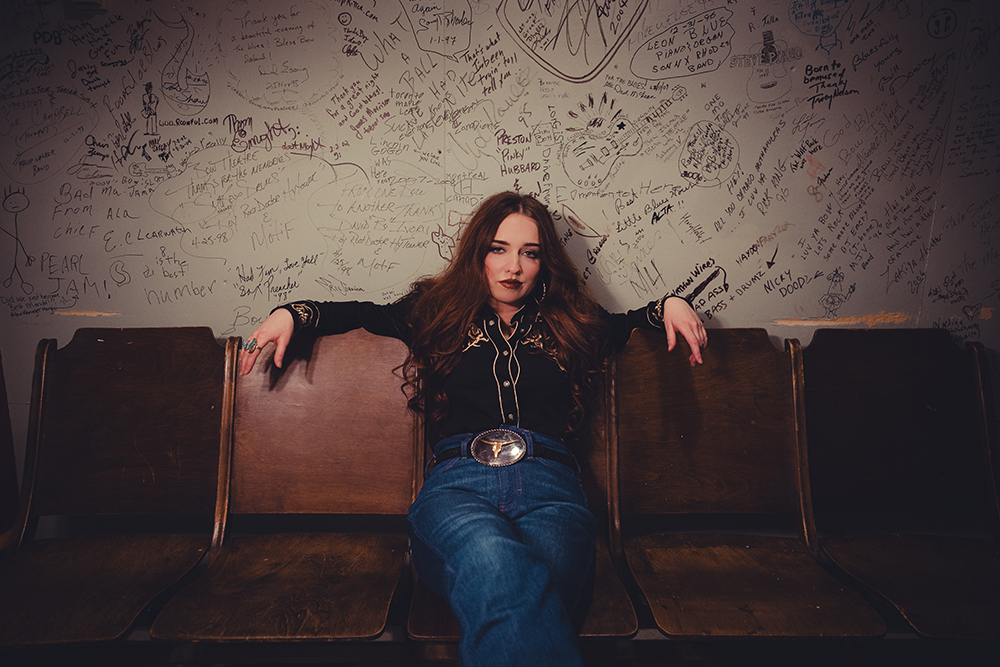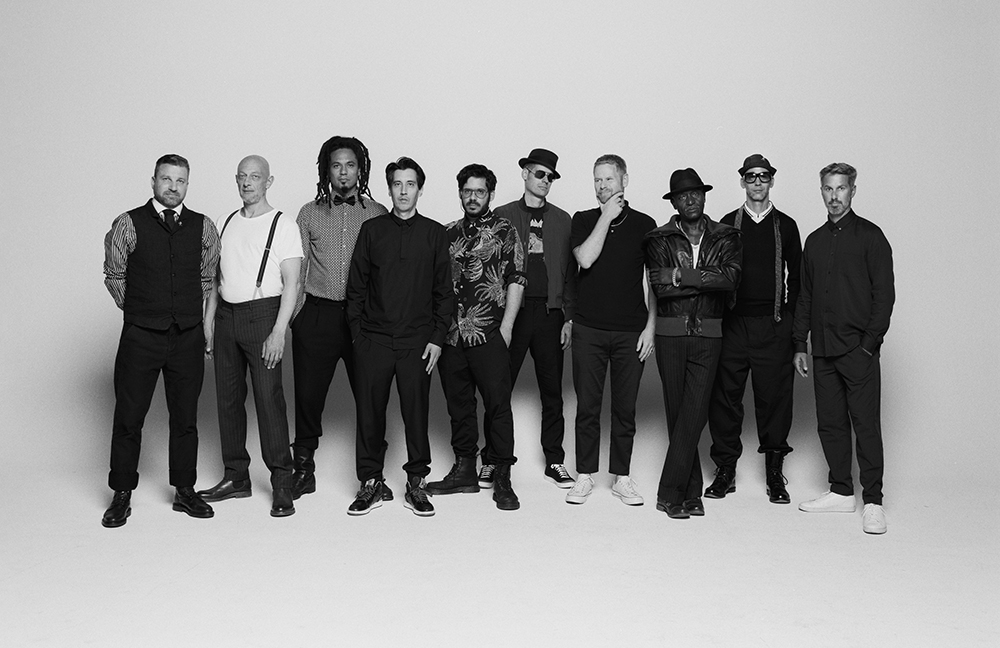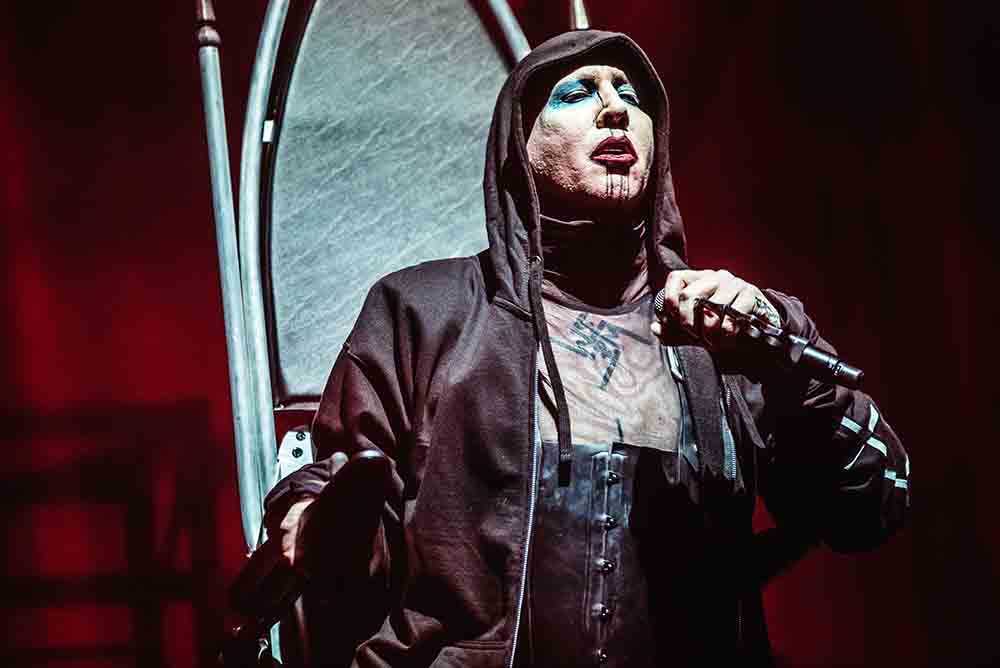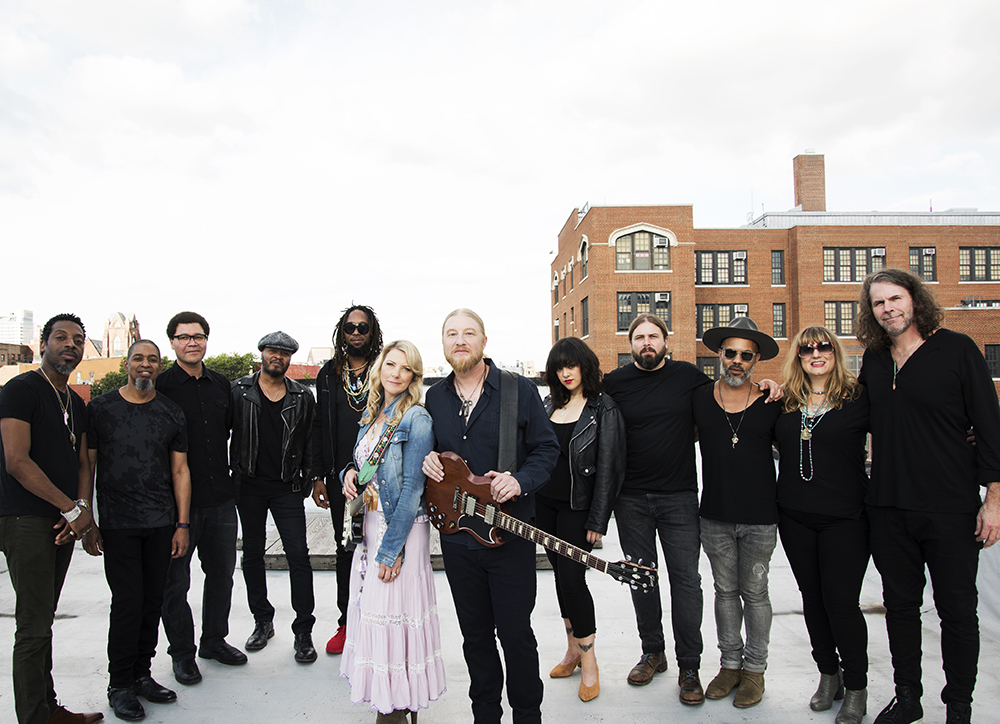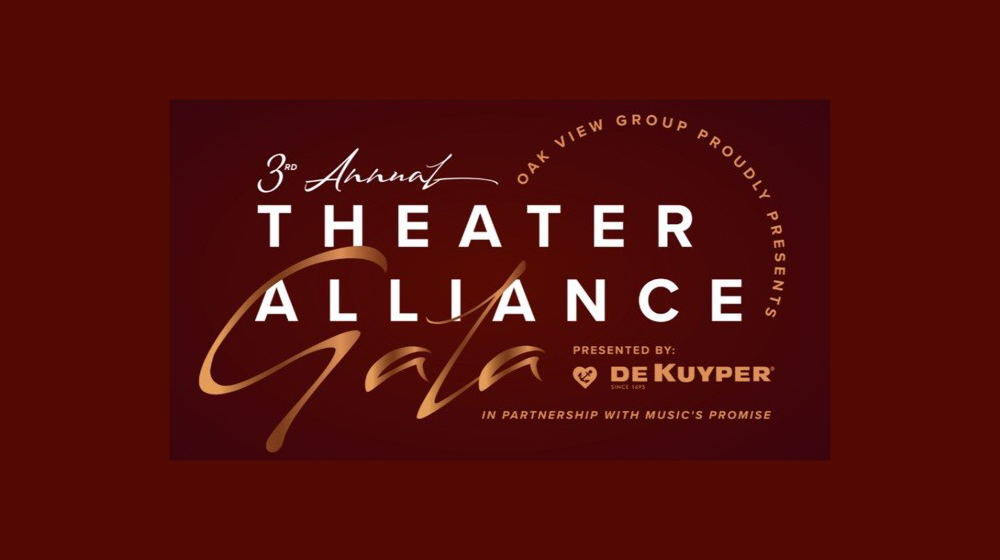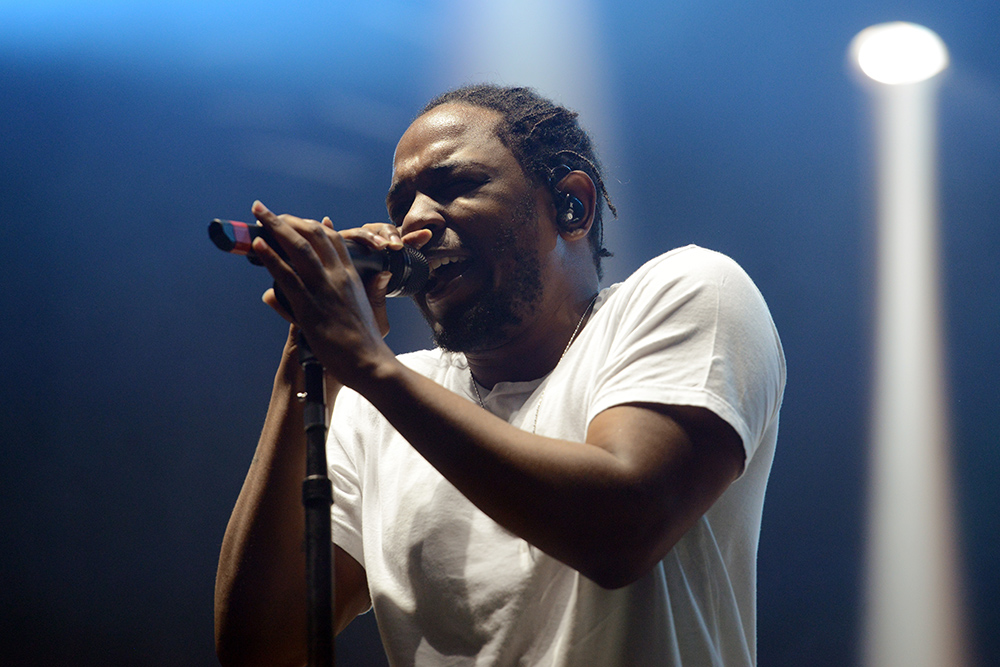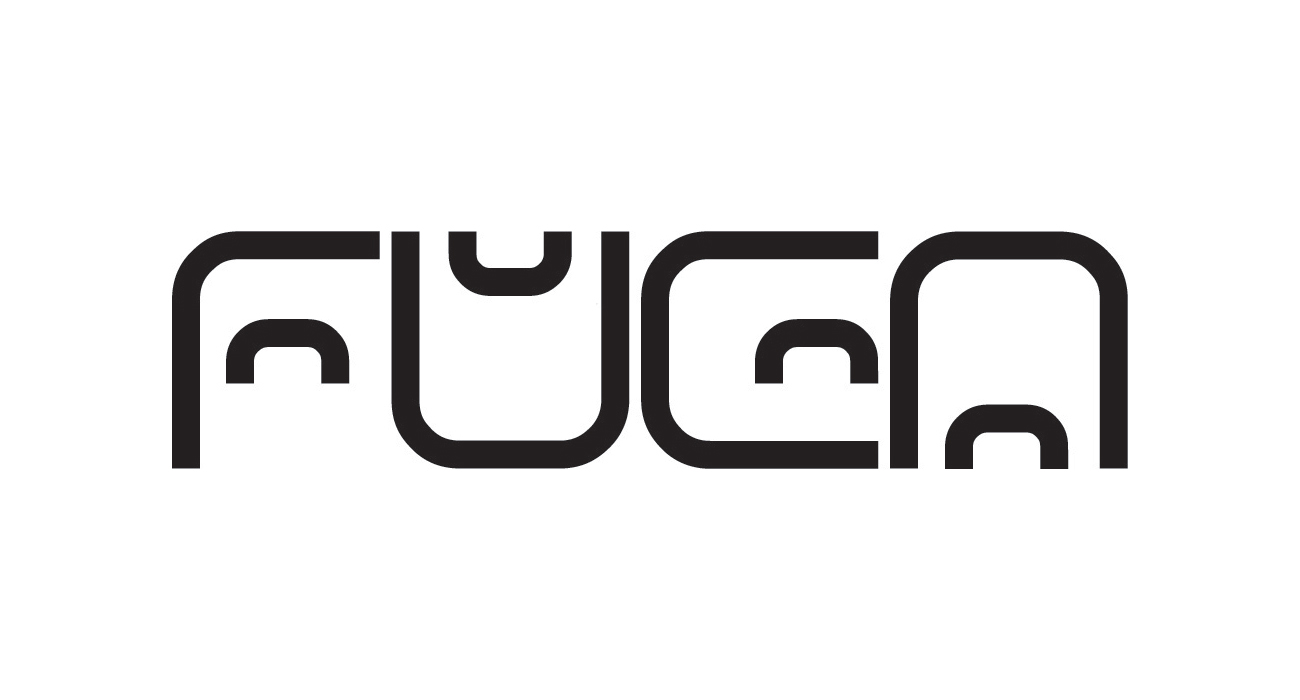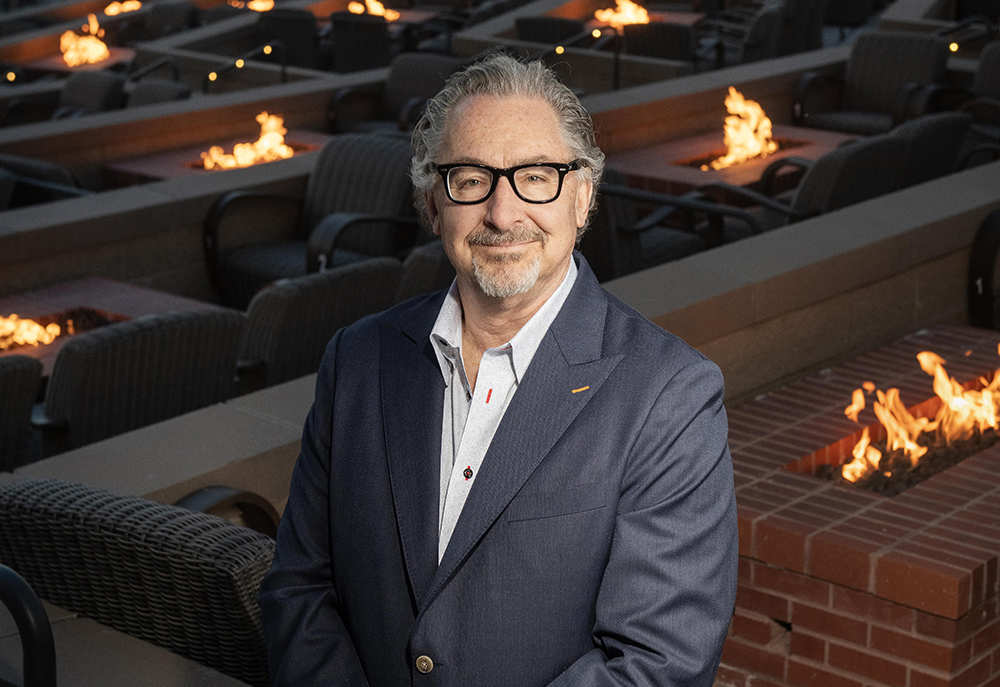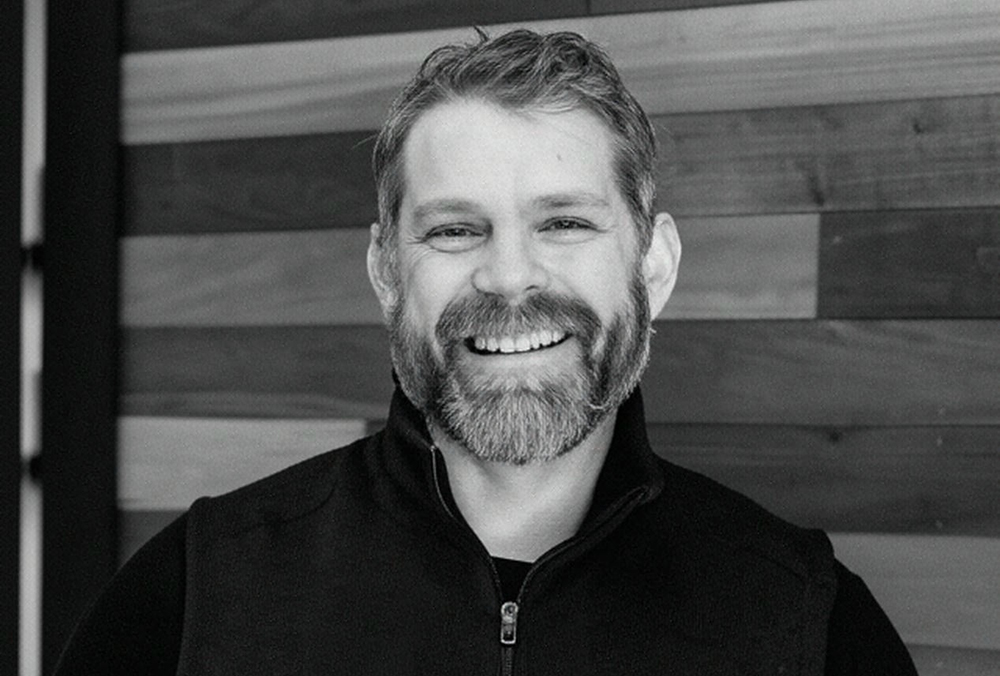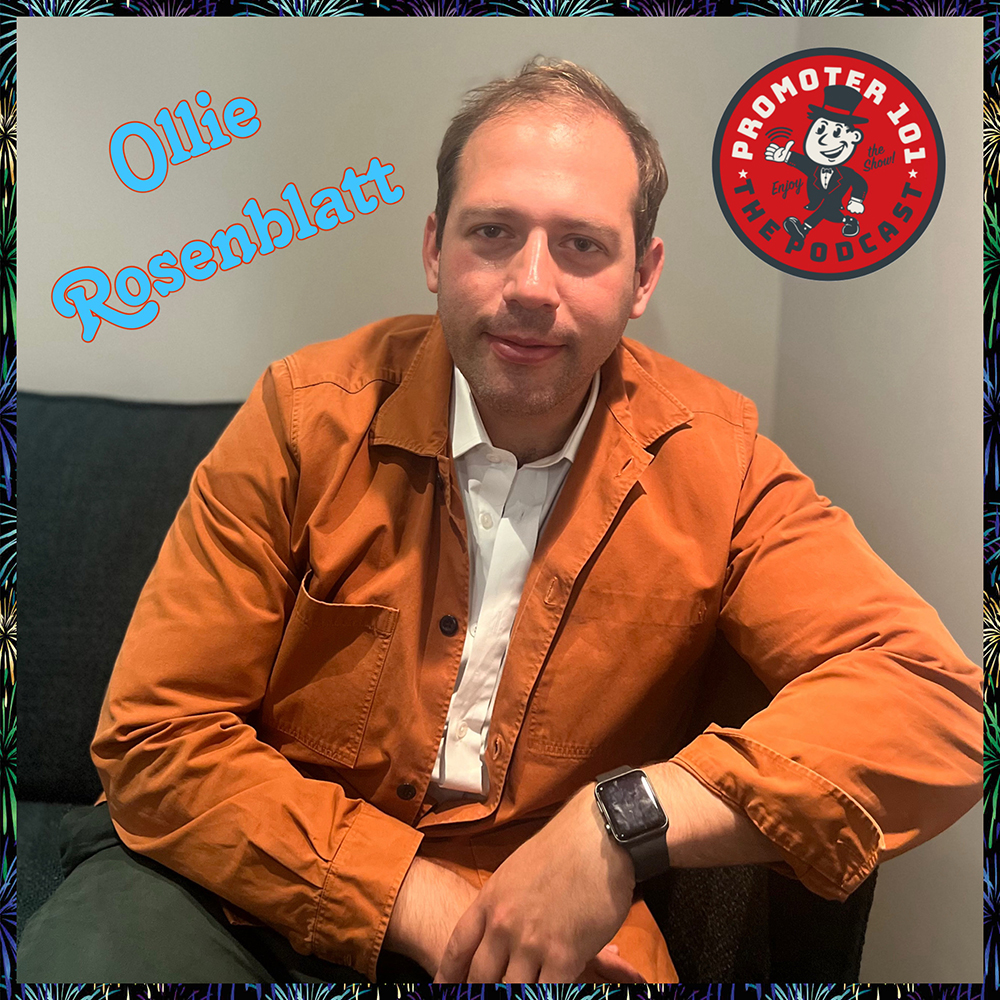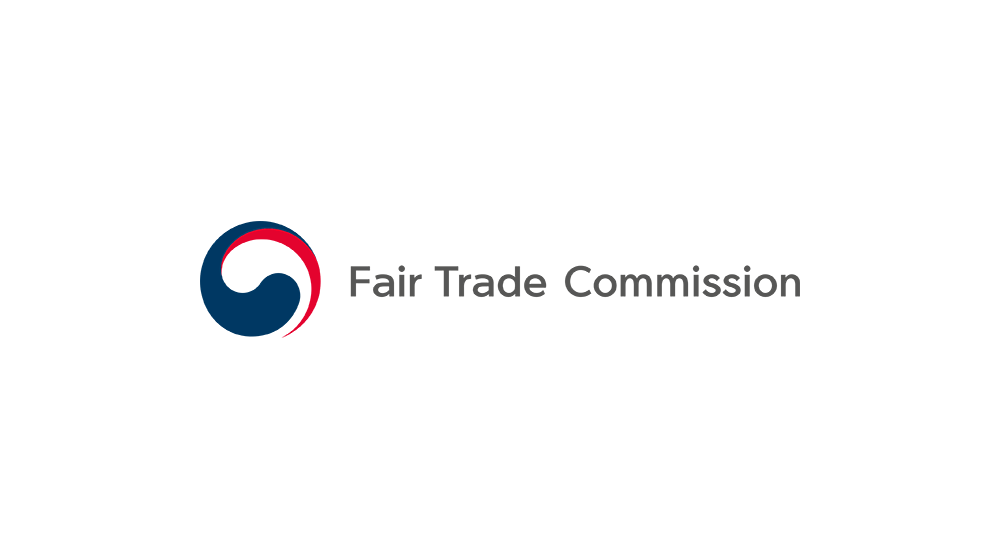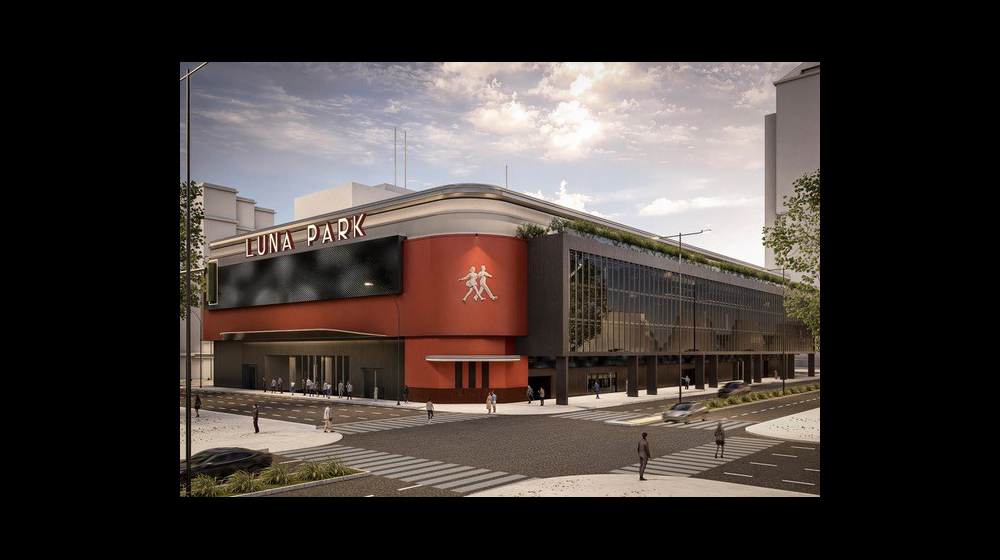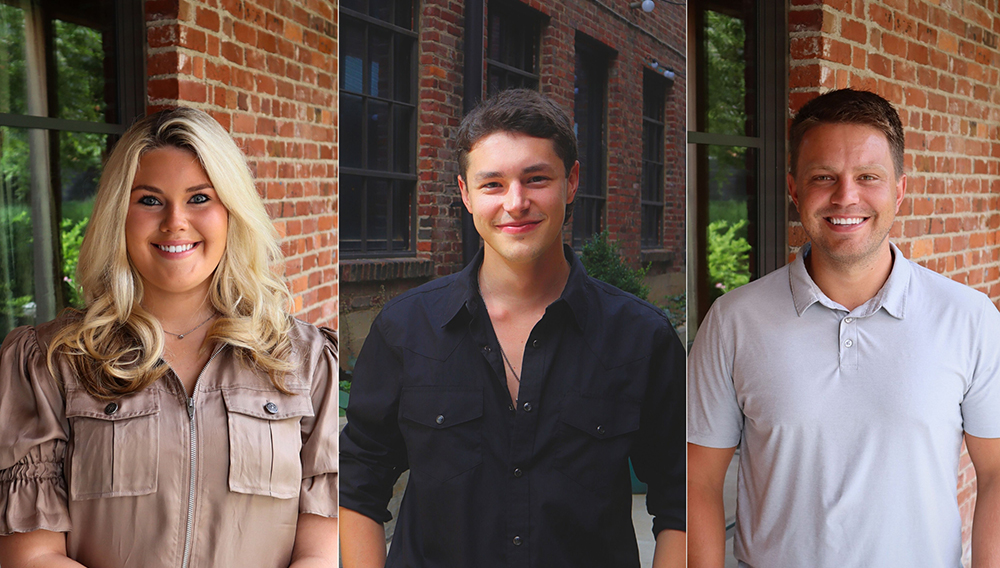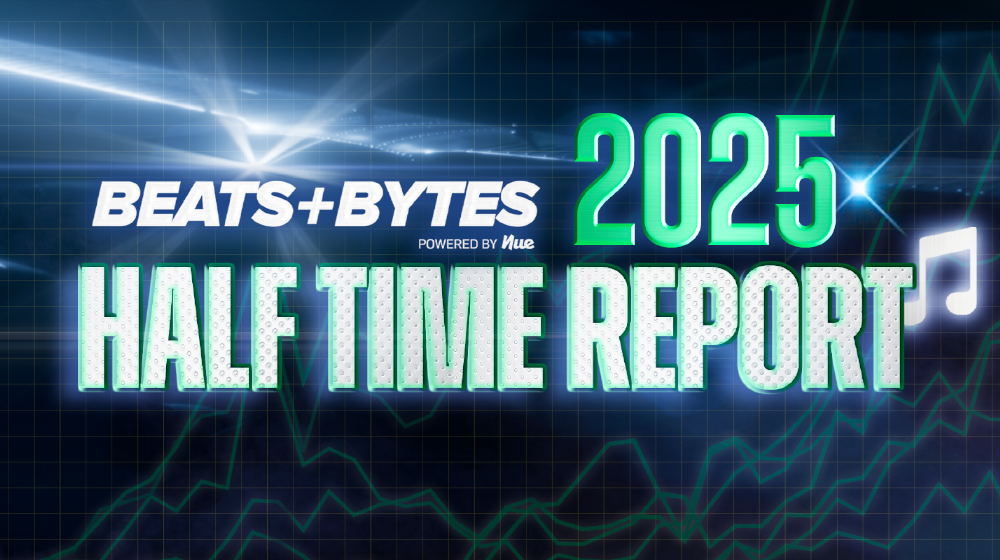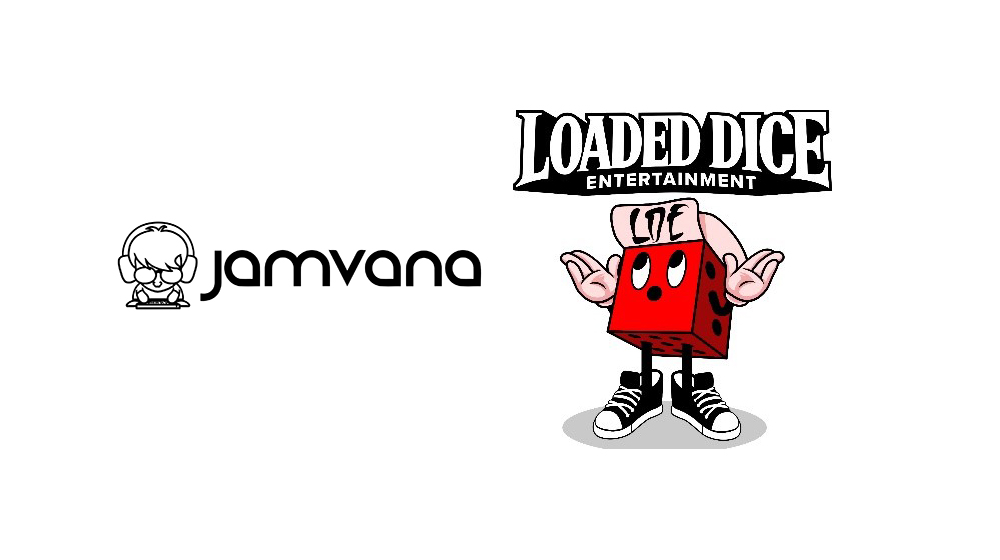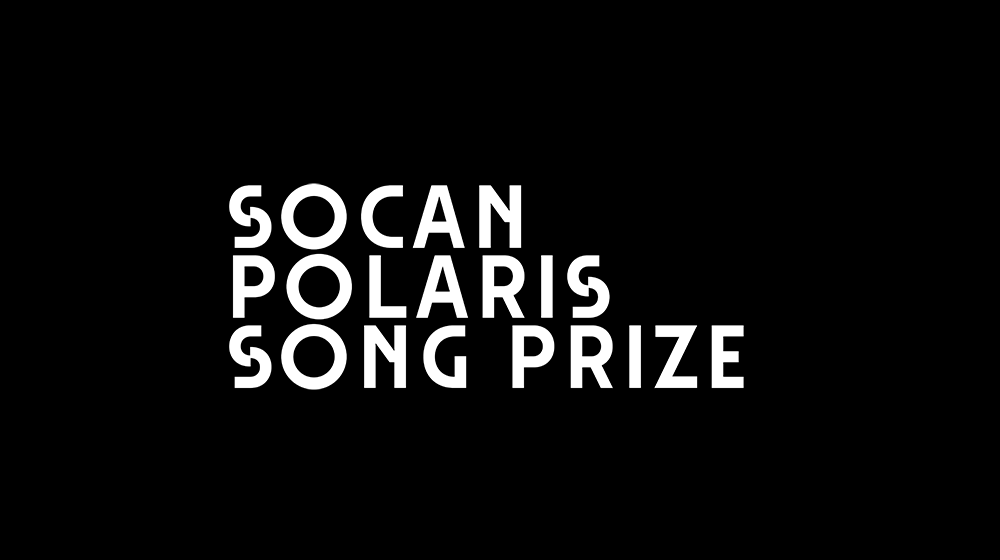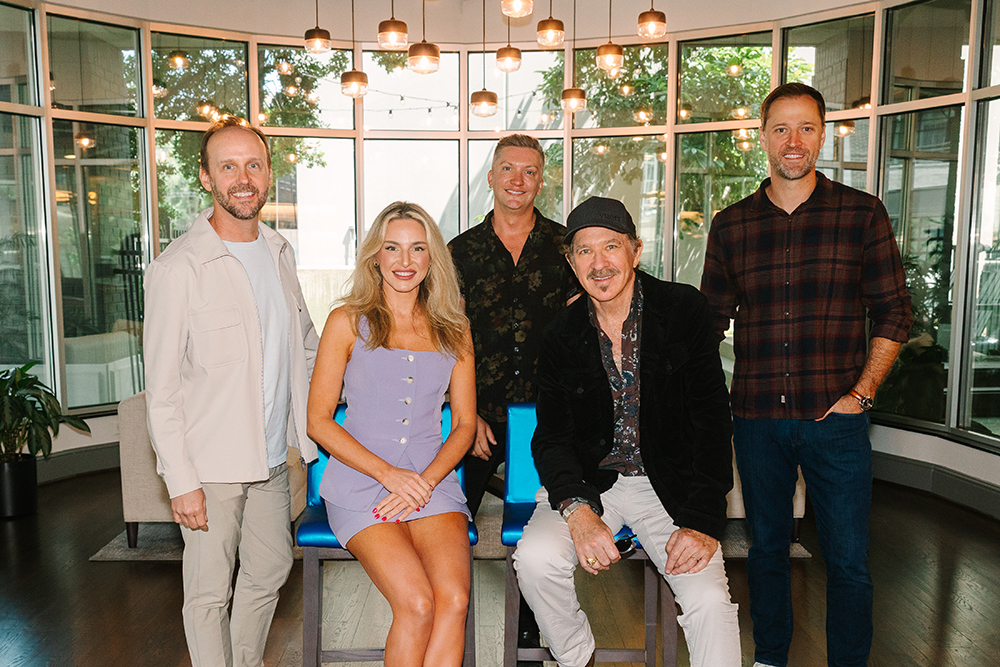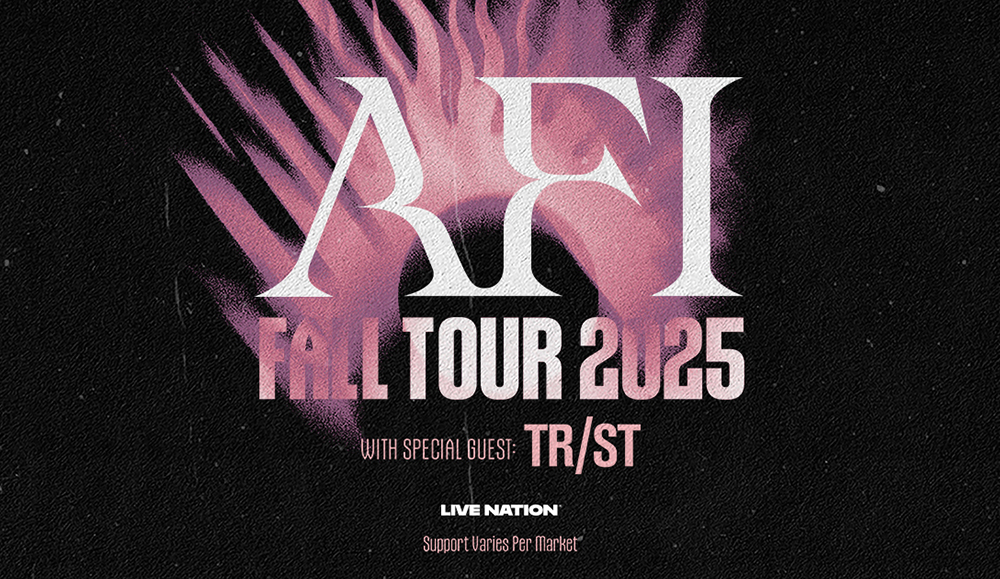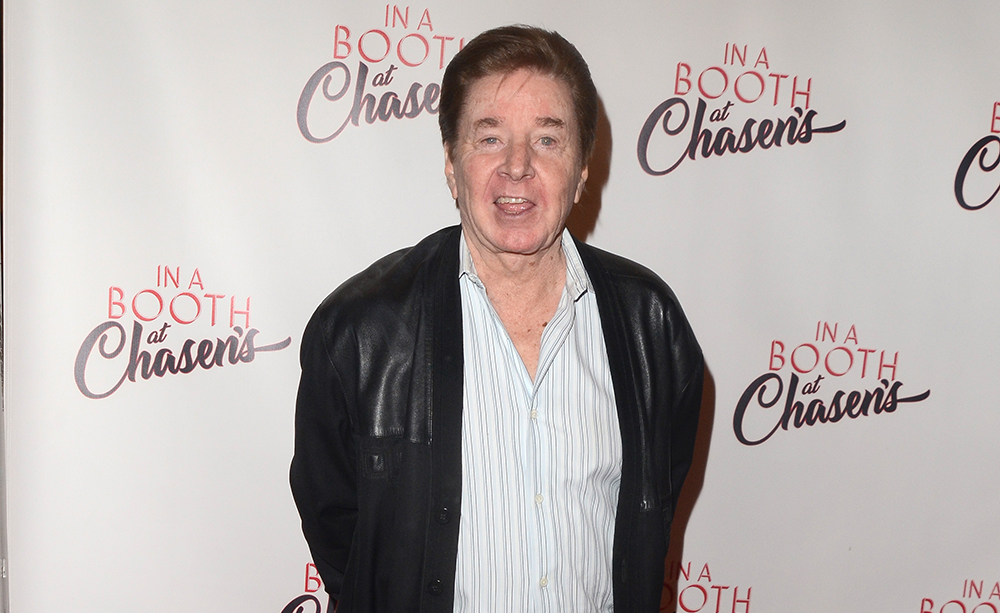This week In the Hot Seat with Larry LeBlanc: Todd Rundgren, artist & producer.
How many people today recognize the name Todd Rundgren?
Canvass a dozen of your friends, and I’ll wager that few will know of this multi-tasking cultural giant who is a pioneering force in contemporary music.
Dubbed by Rolling Stone in 1972 as, “rock’s renaissance man,” Rundgren has been nominated for a spot in the Rock & Roll Hall of Fame for the 3rd time, among 16 nominees on this year’s ballot for 2021’s induction class.
For 51 years, over 23 studio albums, 10 compilation albums, two live albums, and multiple biographies, the 73-year-old, Philadelphia-born Rundgren—musician, sideman, producer, engineer, visionary multimedia artist, software developer, interactive artist, songwriter, and author (“88+ Ways Music Can Change Your Life”,”88 MORE Ways Music Can Change Your Life,” and “The Individualist – Digressions, Dreams & Dissertations”) has developed his singular musical vision; transforming his dreams into reality, while largely working in the shadows.
His recordings have touched on blues, soul, heavy metal, hip-hop, jazz, new age, rock, and techno. A 1985 album, “A Cappella,” featured just his voice, and a Fairlight CMI.
Rundgren may be a very complex and mysterious character, but you can connect him to various big-picture ideas, as he constantly explores and experiments with amalgamating art, and popular culture.
He is credited with launching the first-ever live interactive television concert (1978); the first live national cablecast of a rock concert (1982); the first commercial music downloads (1992); the first online direct artist subscription service, PatroNet (1998); and the first full-length concert with multiple Virtual Reality 360º cameras (2016).
in 1980, he created the first color graphics tablet, which was licensed to Apple as the Utopia Graphics Tablet.
Functioning as an engineer or producer, Rundgren oversaw the creation of such classic albums as Grand Funk Railroad’s “We’re An American Band” (1973), the New York Dolls’ self-titled debut (1973), the Tubes’ “Remote Control” (1976), Meatloaf’s “Bat Out Of Hell” (1977), Patti Smith’s Wave (1979), and XTC’s “Skylarking” (1986).
He has also worked on recordings by Badfinger, Hall & Oates, Alice Cooper, Steve Hillage, the Pursuit of Happiness, and the Psychedelic Furs.
Rundgren and his 10-piece band are currently on a 25-date virtual American tour with each performance geo-fenced, localized, and tailored to a different city. In reality, each show is being performed and televised from a venue in Chicago
The shows started with a stream aimed at Buffalo on Sunday, Feb. 14th and will end with a performance streamed to the Seattle region on March 22nd.
Todd, how are you?
Good. Sorry about the delay.
I was wondering if you can’t complete a telephone call from Kauai, Hawaii to Toronto in Canada how are you going to handle a 25 date virtual tour with each performance localized and tailored to a different American city?
(Laughing) Apparently, the housecleaner keeps unplugging the phone.
A definitive aspect of your career is its unpredictability. You have so many different musical periods. As a fan where do they punch in? Nazz? Utopia? Your solo recordings? And no two albums are alike. Your catalog is an à la carte delight. If you don’t like a single time period, you may like this one.
That is pretty much the method to my madness. I don’t expect anybody to keep track of it.
Who are your fans? Your music, other than such hits as “Hello, It’s Me,” “I Saw the Light,” and “Can We Still Be Friends?,” no longer attracts loyal radio support. Like Jimmy Buffett or Peter Gabriel, you’ve created a culture of sorts. Artists like the New Radicals. Mary J. Blige, Matthew Sweet, Susanna Hoffs, Trent Reznor, Rumer, and others sing your praises but, nevertheless, your mainstream visibility over the years has been somewhat muted.
You can walk down most any street in the world, and few people would recognize you.
Well, thankfully so. But it’s insidious in a way. Part of it is that somehow I have—if you pardon the term—infected my fan base that still remains, to this day, interested in what I am doing. But they also almost represent a sales force in a way. They proselytize me to others. I have also gone to some trouble to stay current. Recently, my records are collaborations (as with KK Watson & Dâm-Funk, John Boutté, Donald Fagen, Michael Holman, Trent Reznor & Atticus Ross, Joe Walsh, and Bettye LaVette on “White Knight” in 2017 ), and that gets me to new audiences every time that a fan of one my collaborators hears what we are doing. And there are other further avenues. I am often stopped in airports by people who have seen me on “(Live From) Daryl’s House” (the monthly free live performance webcast featuring Daryl Hall) because that gets played over and over and over again.
You embarked this week (starting Sunday, Feb. 14th) on a 25 date “Clearly Human” virtual tour that started Buffalo, and will end with a show streamed to the Seattle region on March 22nd The tour is named for the fact that you are playing the 1989 album “Nearly Human” in its entirety every night, along with a full two hour set of material covering the full stretch of your recording career.
Warner Music Group has reissued “Nearly Human” on vinyl and CD to support the virtual tour The original release was your first album in four years. The album, then deemed as your return to Philly soul, obviously is close to you.
Well, musically it was a good time for me. I wouldn’t call it upheaval, but I moved from upstate New York, where I was doing records in the studio alone. Just me for most of them. The last of those was “A Cappella” (released in 1985). Moved to San Francisco, to the Bay Area.
You had been working at the Utopia Soundstage and Studios which was part of Albert and Sally Grossman’s Bearsville complex that British social entrepreneur Lizzie Vann purchased In 2019.
Well, that was through the ‘70s, and in some part of the ‘80s. But I also had my own studio as well. Most of all of my own records were done in there. Many of the productions that I did were done in that studio. My own studio Secret Sound was named after the studio that I had had in New York City with a friend of mine. We did a bunch of albums there; from “A Wizard of True Star” (1973) until I moved upstate, and built a studio there. In that intervening period, the four years between “A Cappella” and “Nearly Human,” I moved to the Bay Area, and suddenly I found myself in a new milieu of musicians of all kinds. So that I made a commitment to try to become a serious R&B singer; writing a lot of R&B-styled material, and that is the basis of “Nearly Human.” It is me trying to become an R&B singer through writing R&B songs, and doing them all live in the studio.
Also around the Bay Area then were two blues and rock giants, guitarist Elvin Bishop, and singer/songwriter/guitarist Boz Scaggs.
Boz Scaggs had been doing his R&B thing for years before. There was an R&B scene there. There was (the blues-rock band) Pacific Gas & Electric. I had access to all of these musicians. So after I did the album (“Nearly Human”) which was all live, and entailed as many as 25 or 30 or more people singing and playing, I took it out on the road. I put together essentially a revue. A big band of 10 people, and toured the U.S. and Japan. I did a lot of touring with it. It was probably the most fun touring that I have ever done, just because it is like a big party every night. You’ve got so many people on stage, and so much sound, and some of the people dancing, and all of that stuff.
With 10 musicians on hand for the “Clearly Human” virtual tour that party element will likely be recaptured.
Yeah. Recently, my group has consisted of somewhat smaller units of, maybe, 4 or 5 players behind me. Now, we have a full contingent of background singers, a horn section, two keyboards, and so on. We’ve got a lot of sound available to us, and also a lot of singers. Most everybody sings as well. So it’s a big sound to start with. And it is something that is, in some ways, prohibitive to take on the road. There’s not only all of the personnel, but there’s also all of the support infrastructure that goes along with it. While I might have wanted to take that on the road, it was risky to do. When this opportunity presented itself, when I created this opportunity essentially in frustration over not being able to get out on the road and play, this was the first thing that I thought of because I can do so much more, if I am not moving it (the show) around all of the time.
Your production partner for these shows is NoCap, the livestreaming company headed by the Roxy Theatre co-owner Cisco Adler, the son of producer Lou Adler. Did you have the idea for the tour or did Cisco come to you?
I had it long ago, actually. I had an initial idea about virtual touring probably from at least four years ago around when I started to change the way that I toured. Doing the sort of the typical route, where you string together major markets with secondary and tertiary markets, I was traveling all of the time because you have to get a certain amount of shows in within a week. I decided that the traveling was going to become….or I deduced that the traveling was going to become even more compromised because my new touring schedule took the driving out, and replaced it with flying. So I’d do two days in a major market, take two days off, and then go to the next major market. And I would find myself in airports waiting for a delayed flight, and wondering if I was going to make it in time to the gig.
Now I am in contact with my travel agent panicking, trying to figure out if there’s some alternate flying route to get to New York. This is happening ever more often because of climate change. There have been more and more major storms in the Atlantic, and that affects principal (airport) hubs like Miami, Atlanta, the New York area, Washington, and up along the East Coast. So I realized that this was going to happen more and more often. What am I going to do about it? So I thought, “Maybe, you could do a tour where you set up in one place, and you send it out to venues that have video.” Most venues nowadays have some kind of video. So the audience still gets that kind of experience of going to a gig but, because of compromised traveling or something like that, I would not be there. I would be somewhere else. Then the pandemic happened.
In reality, each show is being performed from a venue in Chicago that you have taken over for a month, building the equivalent of your own television studio. So basically, you created your own bubble.
Yes. We have taken over a residence hotel so everyone has a kitchen, and laundry in their room so they don’t need to leave. At the same time, it won’t be so restrictive that they won’t be able to go outside and take a walk. But, of course, they will have to have masks and do distancing and all of the other cautions. We aren’t trying to drive people crazy. Being in the same room for over a month, you might wind up killing yourself.
Each region in the country has COVID-19 restrictions that seem to change day to day. As of this week, Chicago is expanding indoor dining capacity at restaurants and bars, as it looks to ease restrictions put in place to slow the spread of COVID-19. Effective Thursday (Feb. 11th), indoor service at bars, restaurants, and events in Chicago can expand to the lesser of 25% capacity or 50 people per room or floor. You are looking at having 25 people per show in Chicago which likely will happen throughout the viral tour run, but it might not happen if conditions change.
That is quite true. We have no assurances of exactly how many people we can have or even whether those types of restrictions apply to us because we aren’t running a restaurant or anything like that. We are running a bubble, and everyone that comes in, they present a test. We don’t simply take their temperature. They have to present a negative COVID test before they can get into the bubble. Se we are selling tickets to what is a private event. The kind of restrictions that we put on ourselves are different from the typical business like a restaurant.
There may be circumstances in which viral touring is more practical. If you eliminate the expenses of traveling, you can do things that might have been prohibitive otherwise. You can build a set that’s more substantial because you don’t have to tear it down every night. You can have more band personnel instead of the typical 4 piece band, That would allow more musically diverse sets, working in different genres, and having a bigger sound.
Today, major headliners tend to play one day on, and one day off. It’s often a very, very big show with, perhaps, 9 trucks and 6 buses. Meanwhile, hotels, labor, and fuel costs have skyrocketed. In flying, there are always canceled flights. I’ve worked on the road, and now closely follow the challenges of touring.
Then you know that touring is a business that operates on margins. If you lose two gigs there goes your whole profit from the tour. You do 30 shows and you have to cancel two of them, and now you make no money. And, if three of them get canceled, you are losing money, You can’t afford to have gigs canceled if you are traveling.
While you are off the road, backing musicians, unless salaried, aren’t generally paid. With the COVID-19 pandemic, it’s been over a year’s layoff. That’s rough for them to experience.
I’ve been trying to get the tour down to something more concise. I rarely tour myself more than three months out of the year. Yeah, it’s usually three or four months at the most. The rest of the year, they (the backup musicians) do other musical things. So they are not on salary to me. But it was a great disappointment to have the tour that was originally supposed to happen last May (2020) be first moved from May to August (2020), and then again to October (2020) and then again to this February (2021), and then again to next October (2022).
So when the tour got moved again from this month to next October–and quite obviously we wouldn’t have been able to do it this month–that’s when I resolved to try to do this virtual tour experiment. Even the original idea was designed to preserve, as much as possible, everything that most people expect—performers, an audience. To keep the model as close to the original (touring model) as possible. The only thing that we have changed is that we are streaming to the venues.
How have you timed the virtual shows?
Like our regular touring schedule. Two (shows) on, and one off. The show is at least two hours long. So after a couple of shows, I need to rest my voice. That would be the normal schedule anyway.
Each show is live and features production elements specific to the corresponding city. You are selling exclusive tour merch, and there are virtual meet and greets as well.
We are doing 25 live shows. We localize ourselves because the shows always take place at 8 P.M. in that particular locality. So while the show starts at 8 o’clock in Buffalo, for us it starts at 7 o’clock. We set all of the clocks backstage to the time in Buffalo. We are not even thinking about what Chicago time is. As soon as we get to that gig, we are in that time zone. Even the clock in the van that takes us from the hotel to the venue will be set to that time.
Without worrying about getting to the next gig from Chicago’s O’Hare Airport.
With that additional thing, yes. Not having to get up really early to roll into the bus or drive to the airport.
You are flying in food from restaurants in each city for day-of-show meals for the band and crew.
There are some services that will deliver food from one part of the country and send it to another place in the country. But it doesn’t cover all of the cities we are playing. And, of course, a lot of the signature eateries that you find in a town might not even be open now. We have patchworked together catering that is representative of each locality that we are playing to. We also have a kitchen in the venue. It is sort of a general purpose event space. Sometimes they do big dinners there. So they have an industrial-sized kitchen there. We can prepare anything.
Have there not been several substantial changes in operating procedures since designing the tour? Each performance is geo-fenced; individually localized and tailored to a different American city. Originally, only fans with correctly corresponding zip codes were going to be able to purchase tickets for their city, although if they purchased tickets for three or more shows they could view any they choose.
Single show tickets now, however, are no longer restricted to residents of the 25 tour markets and, with a few exceptions, are now being offered to all your fans in the U.S., regardless of their geographic location. This new ticket policy operates similarly to the pre-existing terms for international fans who can purchase a ticket to any of the 25 shows. American fans, residing outside of the 25 tour markets, are now being directed to the virtual performance in the city nearest to their zip code.
So there was some re-thinking about tour strategy?
Yeah. At first, we thought that “Okay, we will put a geofence around each city. That turned out to be kind of screwy because there’d be people….like if they were driving to the gig, like they would live in Camden (New Jersey), and they’d go to a gig in Philadelphia for some reason. They couldn’t buy a ticket to the Philadelphia gig because of the geo-fencing. We realized that the actual purpose of the geo-fencing was not to lock everybody into a certain territory, but rather to lock them out of a certain territory. In the end, just because of a prior agreement to do a terrestrial tour in the Fall, they (promoters) don’t want us promoting to certain territories.
So you will be touring in the U.S. again in October 2022?
Yeah. So now it doesn’t prevent anyone that lives in Philadelphia going to another gig in a virtual city. And it doesn’t prevent anybody from any particular part of the world going to any of the shows. We won’t be promoting shows in those particular areas, geofencing schemes aside. It was always a tricky thing. It would involve so much labor to trying to find exceptions in terms of people who couldn’t get behind the fence. You’d have to take their particular IP address, and give permission. And how many times do you have to do that, and what kind of ordeal does that become for everybody?
Ticketing is being done through SMS text, the short messaging service which is a component of most telephone, Internet, and mobile device systems. With SMS texts, fans can make in-app merchandise purchases, and advertising sponsors can more easily track users.
Well, Cisco with NoCap is the one-stop shop for the promotion and the delivery of the shows.

In essence, NoCap has developed an app that monetizes what is basically a home livestream. NoCap has used this SMS text model for Jimmy Buffett dates and has sold tickets in multiples for shows at the 500-seat Roxy Theatre.
Yeah, it’s all pretty much the same sort of deal. I don’t know exactly what the technology is but he has been using it since COVID I think
Single tickets for the viral tour are $35 with an array of premium add-ons, and multi-date bundles available?
A single ticket is $35 which is kind of a hell of a deal because your whole house can be full and your neighbors can watch the show for $35. There’s no practical way to restrict one ticket to one virtual concert goer.
Any fan can buy multiple tickets?
They can. There is a full tour ticket. They can buy a ticket to 25 shows (for $700). There are also 5 show packages, although I would say let anybody buy as many as they want. If they start buying in volume, you give them a deal. But there are particular runs of 5 shows in a row. Maybe, people may not want to see five in a row. They may want to see 5 shows spread out.
For each show, there is a big video wall onstage that allows you to reconfigure the stage look to be localized to the touring city. As well, premium ticketholders are visible to you and, at times, the streaming audience via video monitors?
Yes, we are going to have a virtual audience as well A number of panels that people can essentially buy a front row seat. It doesn’t change the view for them but it allows us to see their faces and interact with them in some way.
So many music figures I’ve interviewed for the “In The Hot Seat” series have been from Philadelphia. For decades, Philly has been the first outside play for New York-based bands. Philly is also home to such iconic venues as The Electric Factory, The Spectrum, and The Tower Theater, as well as the FM powerhouse WMMR.
You lived in Upper Darby, bordering on Philadelphia?
Yeah, listening to Jerry Blavat.
“The Geator With The Heater.” “The Big Boss with the Hot Sauce.” The colorful pioneering Philly rock and roll DJ. The Saturday Evening Post once did an article on Jerry Blavat calling him, “The Pied Piper of Philadelphia” because, “He not only played the music; he looked like one of the kids. He danced with the kids. He was a part of this wonderful city, Philly.”
Yes, “The Geator With The Heater,” because he used to play all of the R&B records that the other stations (including WFIL-AM) did not play so much. The other stations might play some of the top hits, but the R&B station (WDAS-AM) we were lucky to have one I guess. Being in Philadelphia you are right on the Mason-Dixon Line. You go much further south, and they called R&B records race records.
Did you go to shows at The Tower Theater in Upper Darby?
I saw my very first rock and roll show at The Tower Theater. It was an R&B show with the Monotones and a whole series of contemporary R&B acts. Like Gene Chandler doing “Duke Of Earl.”
We should never forget the first wave of pioneering American R&B DJs like “Moondog” Alan Freed, in Cleveland and New York, Zenas “Daddy” Sears in Atlanta, Dewey Philips in Memphis, Bill “Hoss” Allen and “John R.” (John Richbourg) in Nashville, George “Hound Dog” Lorenz in Buffalo, and “Hot Rod” Hulbert, Georgie Woods, Jimmy Bishop, and Joe ‘Butterball’ Tamburro who each broadcast on WDAS in Philadelphia.
The very early history of rock and roll records is a little obtuse to me. I didn’t start paying attention until the Ventures. Surf music. I was never into Elvis. I was a little young. I didn’t turn 10 until 1958. So I was still in elementary school all through the early rock and roll period. I liked Chuck Berry. I thought he was fun. But I didn’t like Elvis because he reminded me of all the greasers in school who liked to beat me up.
The era of greasers who had rank in school.
Yeah, the hair guys. The guys with the pompadours. So I was not so much into that. Into Elvis and that whole thing. But I was into guitars. I liked guitar instrumentals, and I liked R&B which we got from Jerry Blavat. And Philly was famous in those early days for Cameo/Parkway Records and all of the dance songs that they used to come up with. Most notably “The Twist” with Chubby Checker.
There was the Chubby Checker’s follow-up, “Pony-Time,” “Let’s Twist Again,” “The Fly,” and Slow Twistin’.”
Also on Cameo were the Dovells’ “Bristol Stomp,” and “You Can’t Sit Down”; Dee Dee Sharp’s “Mashed Potato Time,” and “Gravy (For My Mashed Potatoes)”; the Tymes’ “So Much in Love”; and the Orlons’ “South Street” and “The Wah-Watusi.”
Cameo also released ? & the Mysterians’ garage rock chart-topper “96 Tears,” and a pair of Bob Seger & The Last Heard singles, “Heavy Music” and “East Side Story,” years before Bob broke into the mainstream. “Heavy Music” rocketed to the top of the Detroit charts, and was poised to enter the Billboard Top 100 when Cameo/Parkway went under in 1967. The record was stopped cold at #103.
Wow, that’s amazing. Cameo/Parkway was just known for dance records in the beginning.
Growing up in Toronto a year older than you, I grew up on such R&B and soul labels as Atlantic, Stax, Chess, Duke/Peacock, Modern, and Motown. Well, Motown was largely considered a white label.
Motown was considered white?
It was considered mostly pop. Put Motown releases, other than by Junior Walker or Edwin Starr, up against Stax Records and…
(Motown) was slicker you could say. They used orchestral elements So It was a little bit more upscale sounding.
Back then I was listening to deep soul records like Dyke and the Blazers “Funky Broadway” (1966) which peaked at #17 on the Billboard R&B chart and #65 on the Hot 100.
Oh, of course.
What was the impact on you of the first two groundbreaking Paul Butterfield Blues Band albums, “The Paul Butterfield Blues Band” in 1965 (which peaked at #123 on Billboard), and the “East-West” album which reached #65 on Billboard the following year?
I was still in high school at the time, and (blues) suddenly became the new defining paradigm. I was already into the Yardbirds, and knew something about the blues, especially because they did a tour with Sonny Boy Williamson, and it was released as an album.
I’ve got that album, “Sonny Boy Williamson & the Yardbirds,” released in 1966. Led by the Yardbirds, John Mayall and the Bluesbreakers, and the Rolling Stones, British blues suddenly became a mainstream phenomenon in North America.
It was Sonny Boy Williamson featuring the Yardbirds as a live record. That got me more interested in the blues.
(The Yardbirds backed Sonny Boy Williamson II for several UK dates between December 1963 and February 1964. Part of the tour arrangement was that promoters Horst Lippmann and Fritz Rau record some live performances, and finance a solo studio demo by the Yardbirds. The original version of “Sonny Boy Williamson & the Yardbirds” was released by Fontana Records in the UK and Mercury Records in the U.S. in early 1966. Tracks were recorded at the Star Hotel, Croydon, the Crawdaddy Club in Richmond, Surrey, and at the Birmingham Town Hall. The album has been reissued in various versions since.)
Of course, Sonny Boy Williamson was most notably a harp player, and in my high school band (Woody’s Truck Stop) a kid joined who had learned how to play the harp like a real blues guy. He had all of these blues records that were unfamiliar to us. So he was the first one to get the Butterfield album. Previous to that, everything was the Yardbirds. The Yardbirds were doing things like “Shapes of Things” (by 1966).
Highlighted by Jeff Beck’s Eastern-sounding, feedback guitar solo, and anti-war and pro-environmental lyrics which were certainly progressive for the era.
They were moving beyond the blues which is why Eric Clapton left. But yes the Butterfield band became the new paradigm. White guys started playing the blues.
There was also the Rolling Stones’ debut album in 1964 which had songs by bluesmen Willie Dixon (“I Just Want To Make Love To You”), Jimmy Reed (“Honest I Do”), Bo Diddley (“Mona”), Rufus Thomas (“Walking the Dog”), Chuck Berry (“Carol”), Ted Jarrett (“You Can Make It If You Try”), and Slim Harpo (“I’m A King Bee”).
Yeah, of course, it was fodder for a lot of white bands, especially English bands, and it spread out from Liverpool because of the closeness to the Merchant Marine going between Liverpool and Mobile, Alabama where the Merchant Marine sailors would go ashore, and go to all of these record stores that had obscure R&B singles and blues records and then taking them back to England. And us in this country didn’t know anything about it (the blues). It was completely mysterious music to us.
Woody’s Truck Stop was a blues band?
It was a blues band. We played all blues music, and we considered ourselves blues purists. We used to sit around wondering, “Can white boys play the blues?”
One of the first blues artists I listened to was Jimmy Reed. I had his 1961 double album “Jimmy Reed at Carnegie Hall.” Though the title suggests that the LP was recorded live, it consists of studio recreations of a Carnegie Hall performance along with additional studio recordings including, “Baby What You Want Me to Do,” “Big Boss Man,” and “Bright Lights, Big City.”
Ah yeah, Jimmy Reed is proto-blues. He managed to break through.
Yes, His Vee-Jay recordings appeared on both Billboard’s R&B and Hot 100 singles charts in the late ‘50s and early ‘60s. As did John Lee Hooker until the late ‘60s when blues, ignored by African Americans, was being enthusiastically embraced by audiences, and musicians overseas, and then with white, and college audiences in America.
And the few artists that managed to break through, it was through their connections to folk music, and all of these Library of Congress recordings that were done. In the ‘60s, you kind of lived through this revolution in music that had a lot to do with Americans discovering their own roots music. That English people and other people around the world had already discovered. People like B.B. King and Muddy Waters were looking for the first time at all the white faces in their audiences. All white teenagers. All young white people in the audience instead of all the old black people that they had been used to playing to.
I have a few career questions if you don’t mind.
Producing Grand Funk Railroad’s albums, “We’re An American Band” (1973) and “Shinin’ On,” (1974), fun; producing XTC’s 9th studio album, “Skylarking” (1986), not so much fun?
As I understand it, XTC’s co-founder, and singer/guitarist Andy Partridge never warmed to you. The problems probably started when you insisted that bassist/vocalist Colin Moulding’s material was as important as his.
“Skylarking” eventually included XTC’s most popular track “Dear God” after it had been pulled from the LP, released as a B-side to “Grass,” and then restored.
So not so much fun?
Yeah. You have to know the history of XTC. You will remember that they started out like a regular band, and they were part of this new wave scene, and they were doing okay. Then Andy got this crippling stage fright, and the band never played live again, except for things like a TV show near the end of their careers. So their entire life took place in the studio, and over time Andy took that over. They were burning through producers, wearing them out because Andy is so anal about everything. When it got time to mix the records, it would take months because Andy would essentially drive the producer out of the studio. He’d take the record home, listen to it, and decide that there was a hole in it somewhere that had to be filled in, and mix it again.
I was a fan of the band. I was listening to the records, and realizing that the music was great, and continued to be adventurous, but the sound was psychoacoustically stressful. The records were hard to listen to because of Andy’s completely anal mixing process. It would be like the highs were the highest highs, and the lowest lows and the vocals were just at the point of audibility. It was a strain to listen to the records. You’d get to the end, and you’d think, “I like the music but I am so tired.” And, “I don’t think I want to listen to it right away.” The sales were reflecting it. They weren’t producing singles like they could have or should have.
How did you get involved?
By the time it got to “Skylarking,” the A&R guy at Virgin said, “This is an ultimatum. You have to get a producer who has a reputation of getting stuff done, and driving acts to the finish line. And, you are going to have to listen to him.” So he gave them a short list of producers, and the only name anybody recognized, I guess, was me. (XTC guitarist) Dave Gregory recognized my name because he was a fan. That’s how I wound up doing the project.
How were the sessions?
Pretty much from nearly the beginning, they were unsettled because first of all, they were doing it in the U.S., in my studio (at Utopia Soundstage and Studios) and not in England. And they were doing it all in upstate New York, instead of doing it in London or some other place, where they could go out to the pub all of the time, and have a pint.
Unlike XTC, there were few musical expectations for Grand Funk Railroad.
The work I did with Grand Funk Railroad was fun because they were a completely underestimated band. They had a big audience, but their records sounded like crap because they had been produced by their manager (Terry Knight) who knew nothing about making records. They were actually remarkably good players and singers.
I love the “We’re An American Band” single, as well as their cover of Soul Brothers Six’s “Some Kind of Wonderful” that producer Jimmy Ienner recorded for the album “All the Girls in the World Beware!!!” after you.
The problem was that they didn’t have enough of “Some Kind of Wonderful.” They stopped producing hit singles.
You produced Meatloaf’s “Bat Out of Hell,” one of the best-selling albums of all time. Released in 1977, it has reportedly sold over 43 million units worldwide; 14 million in the United States.
In a 1989 interview with Classic Rock magazine, its creative head Jim Steinman named you as “the only genuine genius I’ve ever worked with.”
I recall that RCA Records first had the album. Then Bearsville Records which paid the mounting studio costs; and then Warner Bros. Records was interested. The album ended up at Cleveland International Records after Steve Van Zandt reached out to the company’s founder Steve Popovich. Steve had been the first VP of Promotion for Columbia Records, and then VP of A&R at Epic Records, signing Boston, Cheap Trick, Ted Nugent, Wild Cherry, and Southside Johnny & The Asbury Jukes.
Steve was a close friend so I was able to follow the recording and marketing of “Bat Out of Hell.” I remember different versions.
It was a weird thing. We started the record, and Meatloaf had a label, ironically called Utopia Records (owned by The Gomelsky Eggers Music & Information Company), being distributed by RCA. I think as the budget for the record started to grow, mostly at the direction of Steinman—Meatloaf was the singer and Steinman was pretty much the master, and the sessions were taking time.
It was said that the budget for “Bat Out of Hell” was staggering.
I don’t know exactly what the budget was. It was at least $100,000. Meatloaf came to me the day before we were supposed to start the sessions, and said, “I want off my label. They don’t understand me.” They were probably bitching to him about the budget. I said, “I’m not your manager. I can’t tell you what to do. But I realize that if you don’t have a label, you don’t have anybody to pay for the record.”
Numerous labels then passed on picking up “Bat Out of Hell?”
Nobody was going to take it at that point. We had rehearsed for almost two weeks. All of the basic tracks were all done live. So I went to Bearsville, and I said, “Put this on my tab, and you will get the right of first refusal. Bearsville underwrote the expense of making the record, and then when it was done, they turned it down. That is when they had to go on the street and start shopping it. Warner Bros., which distributed Bearsville, didn’t want it. So they spent the next 6 months just trying to find someone to release the record. And then when they finally found someone to release the record, the first two singles—“You Took The Words Right Out Of My Mouth” and “Two Out of Three Ain’t Bad” didn’t happen.
(“Bat Out of Hell” was released by Cleveland International Records in October 1977. Steve Popovich was relentless in his efforts to get Epic and all of CBS Records, and American radio on board. In 1993, Jim Steinman reflected that the album was “timeless in that it didn’t fit into any trend. It’s never been a part of what’s going on. You could release that record at any time, and it would be out of place.”)
Did you see the recent musical of the same name that played in Canada, the UK, Germany, and then on Broadway?
No. But it doesn’t resemble “Bat Out of Hell.” I was supposed to be the choral director for the thing, but it dragged on for years.

Friday (Feb. 12th) marks the arrival of a deluxe edition of the Band’s third album “Stage Fright” which you engineered. The original 1970 album is there but reassembled in the original song order that Robbie Robertson had intended.
As their recording engineer on the project, you were about to turn 22 and on the verge of releasing “Runt,” your first solo album after the breakup of the Nazz. You were the youngest person on hand for sessions at the Playhouse. Two different mixes of “Stage Fright” were prepared; one by you, and one by Glyn Johns, both done in the UK. To this day, nobody is sure what mixes were final. The new version offers a Bob Clearmountain stereo remix of the album.
You worked with the Band during a contentious period between members. How has it come for the group to be largely referenced as Robbie Robertson & The Band today? Was the Band not a full contingent of five creative players? Many fans still contend that Levon Helm was its leader, not Robbie who was certainly the songwriting force.
Robbie was essentially putting words in Levon’s mouth (to sing). Robbie did all of the writing, and he did not share the publishing with the rest of the band which pissed them off royally. But they were all kind of trapped because they couldn’t do a band without Robbie. And then, of course, they all started dying so…
Robbie was the primary writer, and he was close to manager Albert Grossman who taught him the intricacies of the music business, particularly music publishing.
Yeah, he learned how to write Levon’s stories. He was essentially writing from Levon’s standpoint. He wasn’t writing about Canada. He was writing about Dixie. He was writing about ol’ Dixie. Ol’ antebellum. I haven’t seen Robbie in a long time. I still see some of the people from then. A lot of those (Woodstock) people moved back to New Orleans. I spend a lot of time in New Orleans, and I’ve seen some of those people around like Bobby Charles.
Do you plan to return to doing your summer retreats?
I did them for a while, but that was something that a promoter would set up. At the last one, we decided that we didn’t want to do more. We either had to do it all ourselves or we had to stop doing it. I was getting close to my 70th birthday.
Well, there’s still your Toddstock birthday celebrations. In 2008, you invited fans to camp out in your backyard in Hawaii to celebrate your 60th birthday. Five years later, you celebrated your 65th with fans in Nottaway, Louisiana. For your 70th, you held four multi-day birthday celebrations.
On my 70th birthday, we did a big party in Virginia in Big Island in the middle of Virginia (which is not an official town, but rather a census-designated place tucked away along the bank of the James River). It wasn’t an island at all. But we had 300 or 400 people attend that. Then we did one in Scotland at a 13th Century castle (Kelburn Castle in Largs, Scotland).
How cool. And 120 people attended.
That was way cool. Then we did one in Northern California (with a group of 40 for a week-long event) up in Nevada which is in the Redwoods Forest. Then we did one in Sydney, Australia.
(The activities at the five-day California event consisted of morning vocal warm-ups with Todd’s wife and singer Michele Rundgren (of The Tubes, and the Intoxicats), afternoon painting with Prairie Prince (of the Tubes), and a ukulele jam session with Greg Hawkes (the Cars).
You will be 75 in another 2 1/2 years.
We will do something then. Those are things that keep everybody activated. I also have my Spirit of Harmony Foundation, and there’s a lot of involvement with that. So being ubiquitous is probably as important as being hugely popular.
Canadian keyboardist Michael Jones, a widely recognized leadership educator, keynote speaker, thought leader, pianist, composer, and storyteller, was among the first in the mid-80s to have fans pick unique locations for him to play.
Musicians are becoming more creative as the whole idea of getting advances and tour support from record labels is for most people are a thing of the past. I know that (former Utopia cohort) Kasim Sulton (bassist and harmony singer for the virtual tour), that’s his thing. A combination of small venues that he plays at, and little self-promote gigs. I know people like Pat DiNizio of the Smithereens used to go to peoples’ houses.
Much of the folk community has been doing house concerts for the past few years.
You show up at their house, and they pay you.
Every now and then a headline band returns to a club they favor. Is there not magic in performing at a funky, small bar that can’t be found at large venue shows?
(Laughing) Yeah, black magic. Evil magic.
England is full of gritty working man clubs. Also, as a right of passage, most major UK acts have played the venerable Roundhouse in Camden, built in 1847 by the London & North Western Railway as a roundhouse.
Among those UK acts playing there have been Pink Floyd, the Rolling Stones, the Yardbirds, David Bowie, Led Zeppelin, Fleetwood Mac, the Who, the Ramones, the Clash (with the Jam), Elvis Costello, Motörhead, Radiohead; as well as such American acts as the Doors (with the Jefferson Airplane), Otis Redding, and Talking Heads.
The Roundhouse at Chalk Farm. I saw Led Zeppelin’s very first gig there (on Nov. 9, 1968). They had been working as the Yardbirds but they were billed as Led Zeppelin for that gig.
(Also on the Led Zeppelin bill was John Lee Hooker, the Deviants, John James, and Tyres.)
What is the best venue you’ve played.
Well, I’ve played the Hollywood Bowl doing Beatles’ songs with Ringo Starr & His All Starr Band. It’s a pretty sweet gig when you are standing on the stage, and you are looking out on 18,000 people. I’ve played Dodger Stadium. Those are large venues. Some of the more ornate ones have been the old Fox and Paramount theatres that are in St. Louis and Kansas City. The Fox Theatre in St. Louis is pretty marvelous-looking. And having played with Ringo I’ve been in half of the venues in the country, and a smattering of venues in South America, and Europe.
What is the best live show you’ve seen. Either as a teen growing up or later on?
Well, I guess the best show I ever saw was the Murray the K show in 1967 that was the American debut of Cream, and The Who.
(Beginning March 25, 1967 the event– as many as five per day—at the long-defunct RKO 58th Street Theater at 3rd Avenue in Manhattan–was billed as “Music in the Fifth Dimension.”
The advertisement promised “9 Big Days! Continuous Performances Morning ’Til Night.” “Mitch Ryder! Wilson Pickett! Smokey Robinson and the Miracles! And then, billed under those three, advertised as coming “Direct from England, The Cream and The Who!”
Lower down on the bill were listed the Blues Project, Jim & Jean, the Chicago Loop, Phil Ochs, Simon and Garfunkel, the Mandala (Canada’s #1 Group), the Blues Magoos, and the Young Rascals.)
I was impressed by everybody that I saw, but when I saw the Who I thought, “Oh shit. This is definitely what rock and roll is now about.” Even Cream put on a great show with the two songs that they played. They stood out with those two songs.
Larry LeBlanc is widely recognized as one of the leading music industry journalists in the world. Before joining CelebrityAccess in 2008 as senior editor, he was the Canadian bureau chief of Billboard from 1991-2007 and Canadian editor of Record World from 1970-80. He was also a co-founder of the late Canadian music trade, The Record.
He has been quoted on music industry issues in hundreds of publications including Time, Forbes, and the London Times. He is a co-author of the book “Music From Far And Wide,” and a Lifetime Member of the Songwriters Hall of Fame.
He is the recipient of the 2013 Walt Grealis Special Achievement Award, recognizing individuals who have made an impact on the Canadian music industry.

